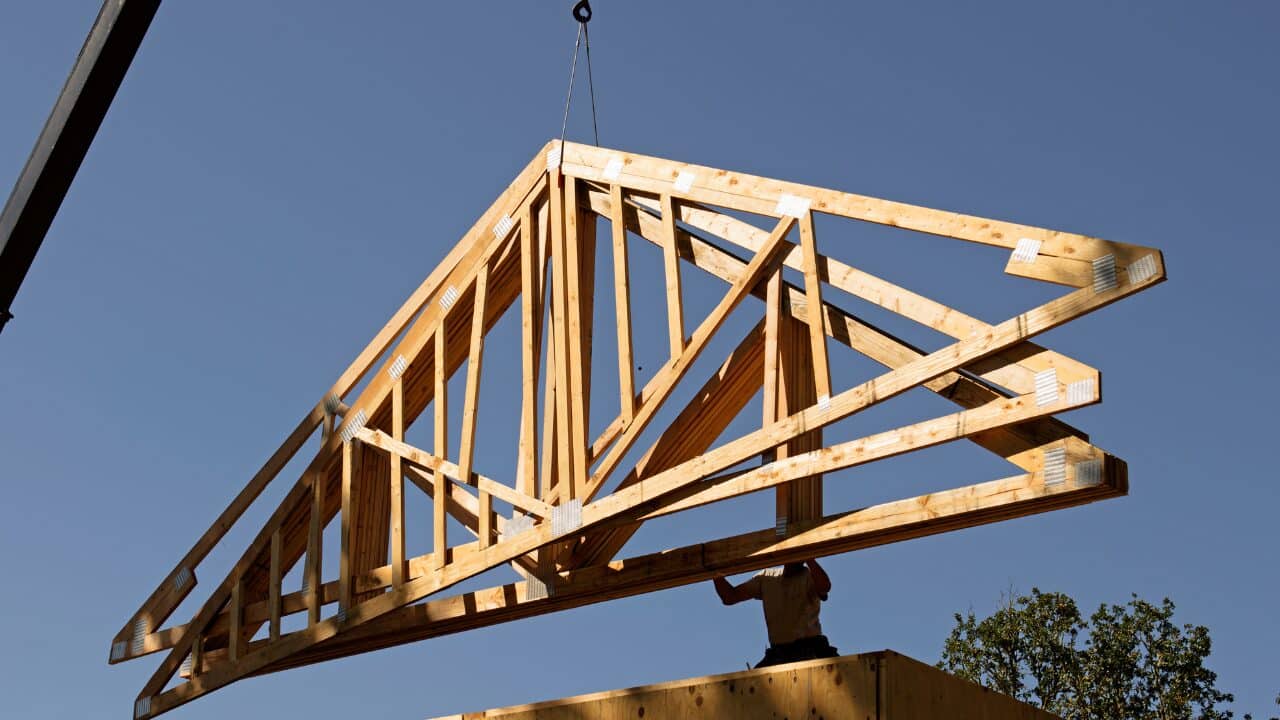There are numerous advantages to having a flat roof. However, there is one distinct disadvantage to flat roofs: water pooling. This is because flat roofs do not drain water and pitched roofs.
Those pitched roofs have a natural slope that allows water to flow away from the roof. These roofs are prone to creating what is known as ponding water since they don’t drain water well.
Ponding water is defined as water sitting in a puddle on a roof for several hours at a time. However, there is good news: you can fix it! You can fix it. Ponding water isn’t a problem on a well-performing flat roof because it simply drains away.
However, the water does not disperse if your flat roof has uneven parts, an insufficient slope, or drainage concerns.
Table of Contents
Steps To Fix The water Pooling On The Flat Roof
Ponding water may not pose an immediate hazard, but if it remains over time, it can cause the roofing membrane to deteriorate. This reduces the membrane’s lifespan and can result in leaks, posing major difficulties for the remainder of the structure.
Thankfully, there are a few various strategies you can use to remedy your flat roof’s ponding water problems. Because of the leak above possibilities, it is critical that you fix this issue.
Professional Roof Inspection
Ponding on your flat roof will require the assistance of an expert. Your roofer may discuss a variety of flat roof ponding options with you. What causes the ponding and the characteristics of your home roof system will determine which option is best for you.
When you call roofers regarding ponding on your flat roof, the first thing they should do is inspect the roof to figure out what’s causing it.
If the home has suffered structural damage, your roofers may require the assistance of an architect or structural engineer. Before they start working on your roof, your roofers should describe the issue and provide you with a price.
Remove Existing Residues And Debris
Drains on commercial rooftops, like drains in your home, can become clogged with debris over time. These major obstructions might cause standing water to become a permanent fixture on your roof in severe circumstances.
Remove sticks, leaves, and other rooftop debris from your building’s drainage system to prevent debris build-up. This not only allows rain and melting snow to flow away from your structure but also extends the life of your drainage system.
That debris appears to be harmless on its own. However, as it grows, it can cause a multitude of problems with not only your roof but also your drainage system. If you take those precautions, not only will your drainage system last longer but your roof will as well.
You may also hire a professional roofing provider to come out and clean your drainage systems once or twice a year as a preventative measure. That should suffice to maintain your drainage system clean and in good functioning order.
Fix The Slopy Area
Flat roofing isn’t completely flat, despite its name. As a result of the installation procedure, weak points in the roof, or a specific focus of debris or precipitation, there are minor slopes in the roof’s surface.
These slopes are designed to help drain water off your roof and prevent it from gathering. Low places where pooling can easily occur are a prevalent problem with these slopes.
When this happens, the material can clog the drains, causing a build-up of water to damage the membrane and cause leaks. A competent roofing contractor can fill in those low spots, or new drain lines can be put to the structure.
Improve The Drainage System
If your current drainage system is having trouble adequately removing water from your flat roof, there are a few things you can do to speed things up. Despite the higher expenditures, adding more drains is one of the most effective strategies to address this problem.
Flat roofs, especially those in high-rainfall areas, may require those additional drains to empty the water from the roof adequately. Unfortunately, most building owners are unaware of this until water ponding becomes a significant issue during a severe storm.
Inspect For The Compressed Insulation
Compressed insulation is another issue that can result in water pooling. Heavy roofing equipment and continuous stomping over the roof area might cause compressed insulation, which can lead to indentations in your roof.
Because these dents are ideal for collecting water, you must take the necessary measures with the insulation and throughout any inspection operations.
Use Roof Crickets To Divert The Snow
You may notice that water gathering on your flat roof collects in specific areas. These are usually found around chimneys or large vents. The most efficient way to avoid water ponding is to install roof crickets in specific spots.
Crickets are ridged structures that divert melting snow and rainfall away from roof barriers like chimneys and vents. Because of their placement or structure, those barriers may have difficulty draining water on their own.
Conclusion
The takeaway here is that you must take all necessary care with the insulation and throughout any inspection processes. It’s all too simple to damage the roof during these procedures when a little more caution might save you a lot of time and money.
One of the most significant components of owning a commercial company facility is keeping the roof in good functioning.
That roof is your last line of defense against the elements, so it must be in good condition. You can maintain your roof working the way it’s supposed to work with preventative maintenance and a little extra attention. When you can apply these strategies to get rid of ponding water, don’t let it become an issue for your business.





